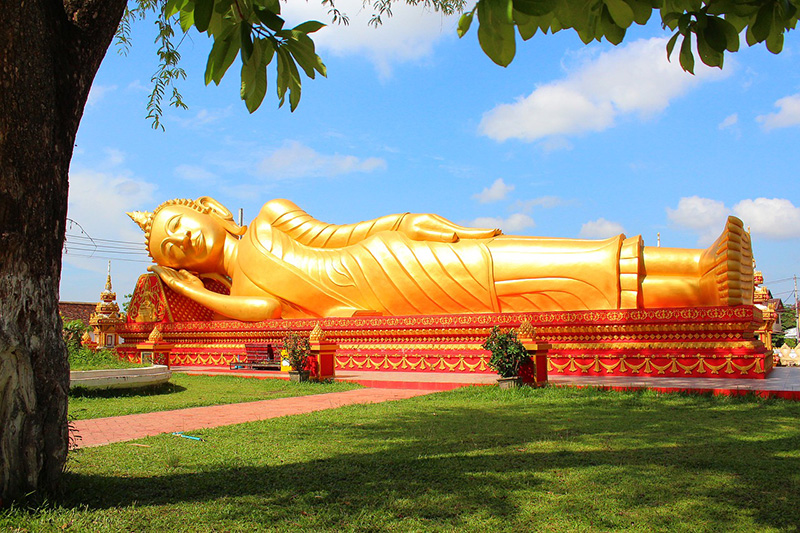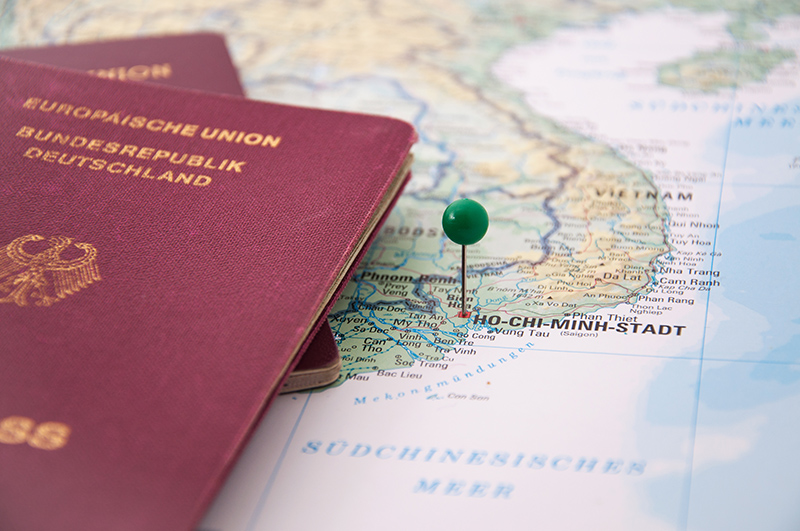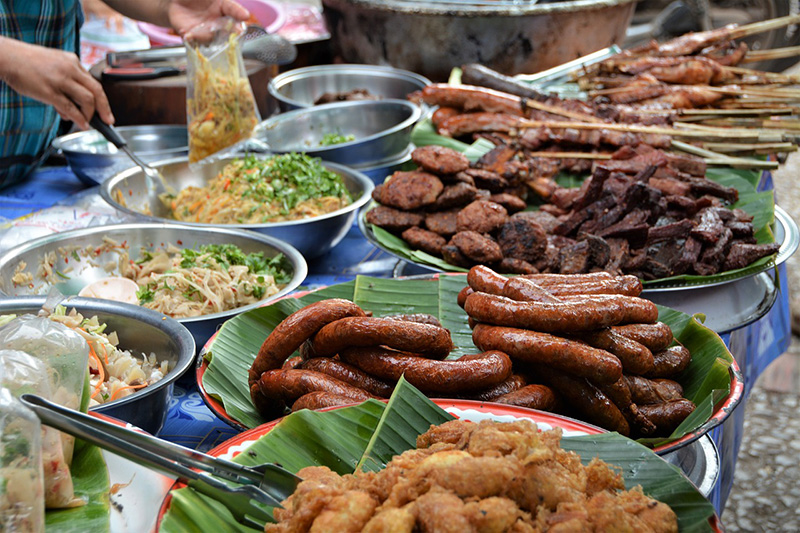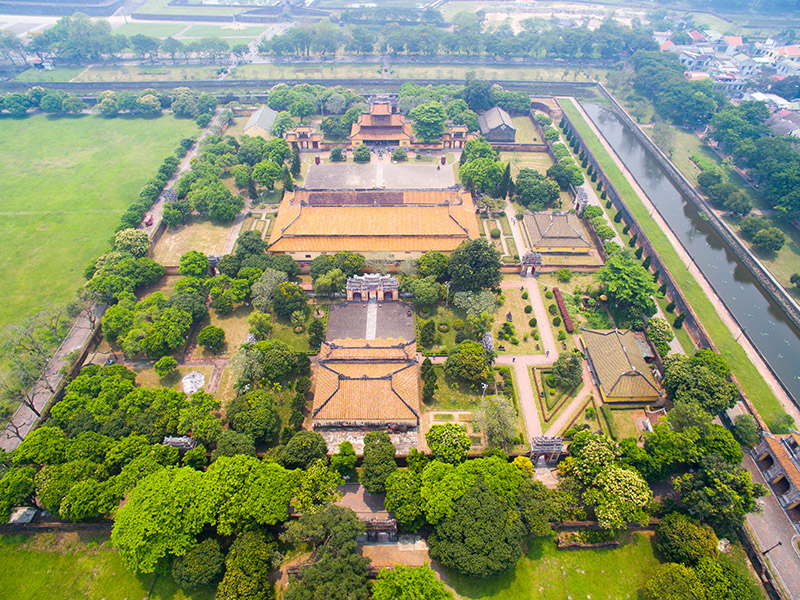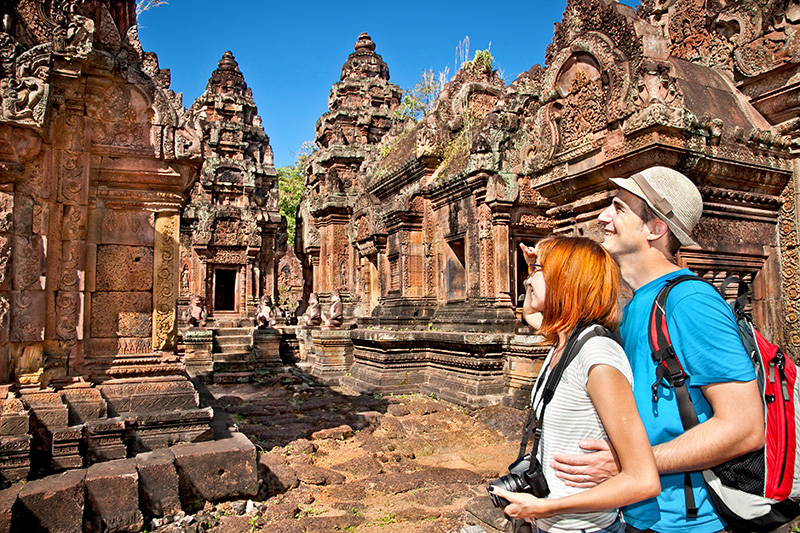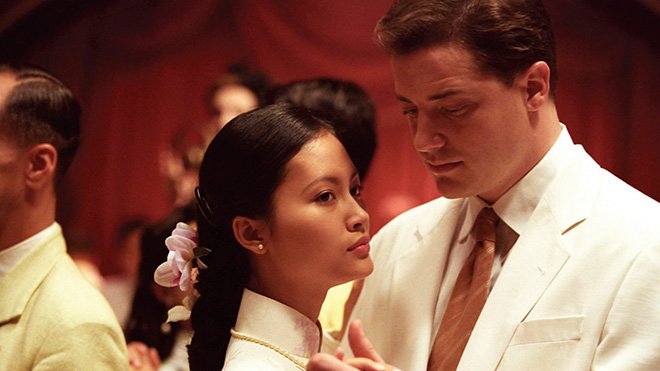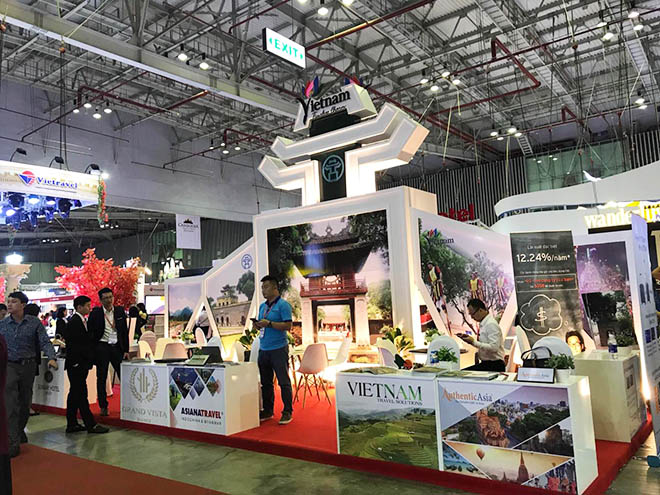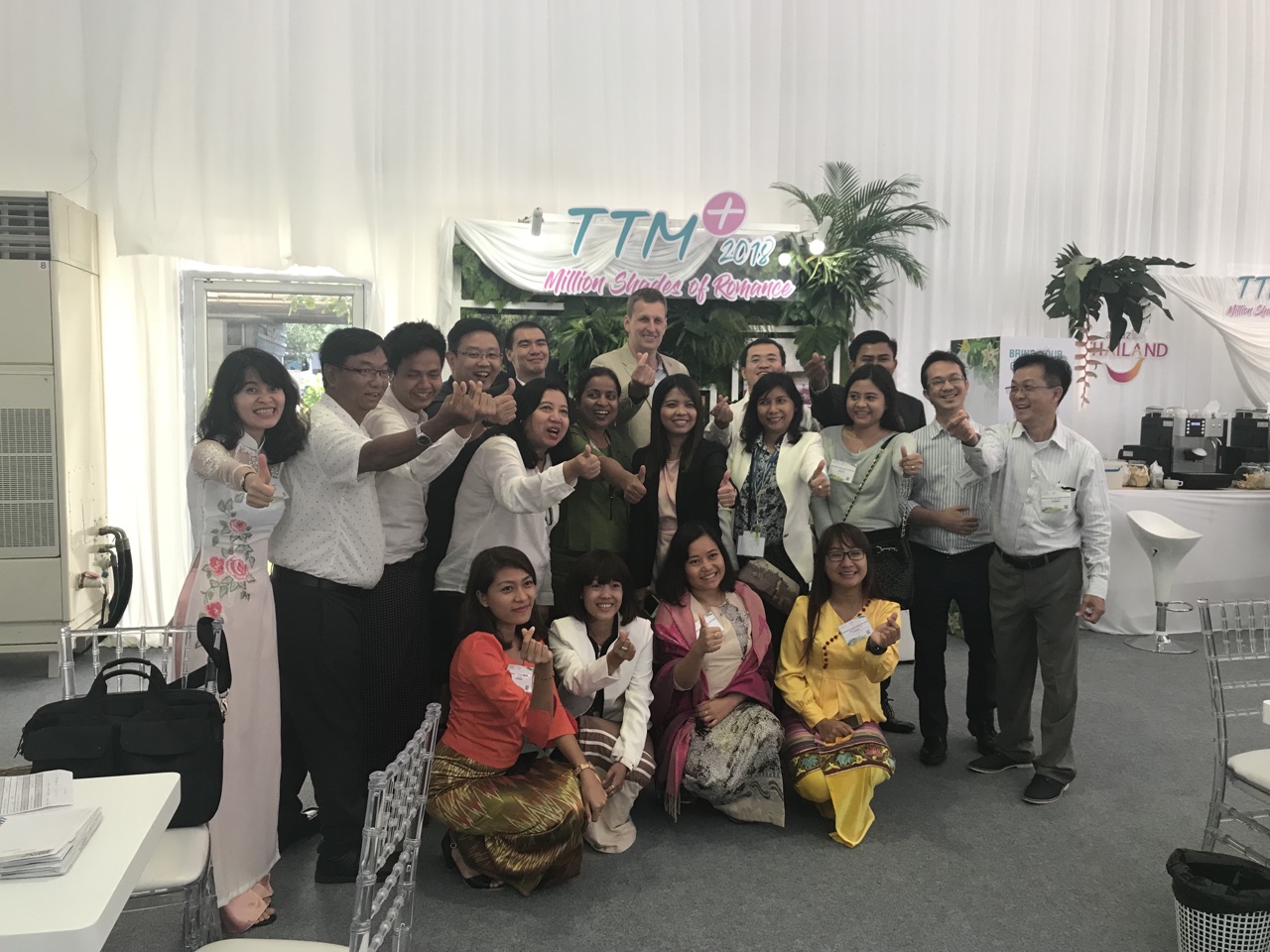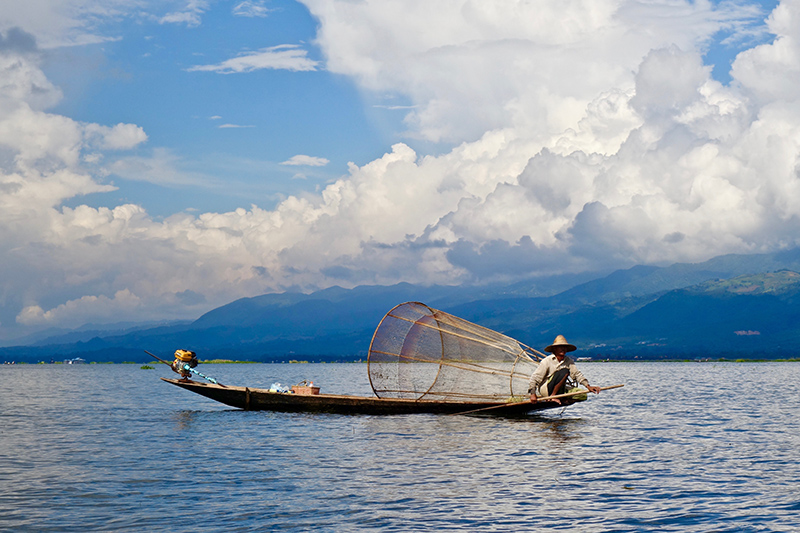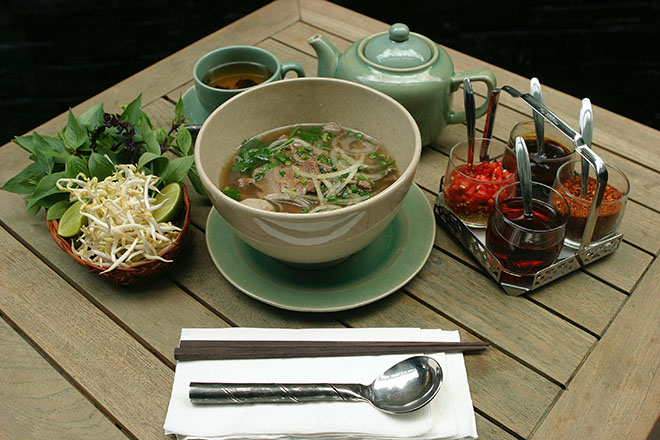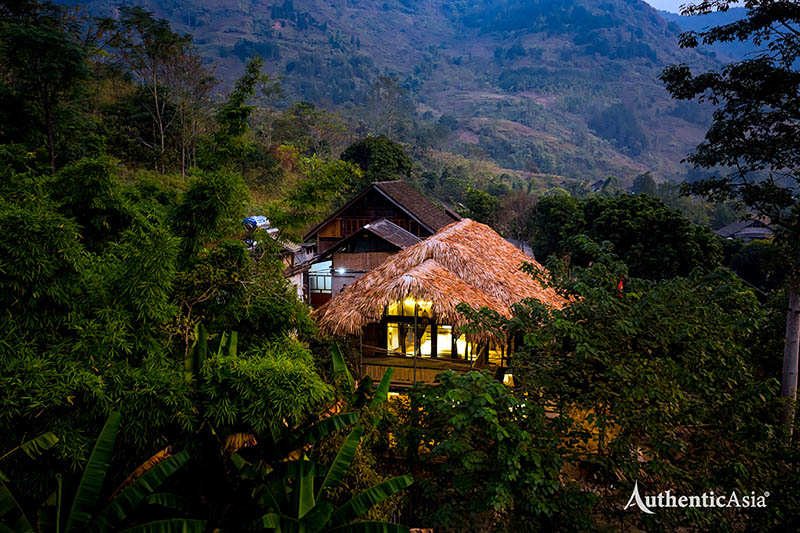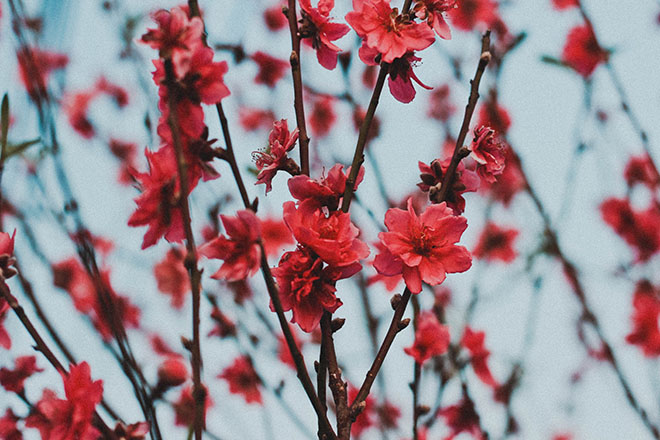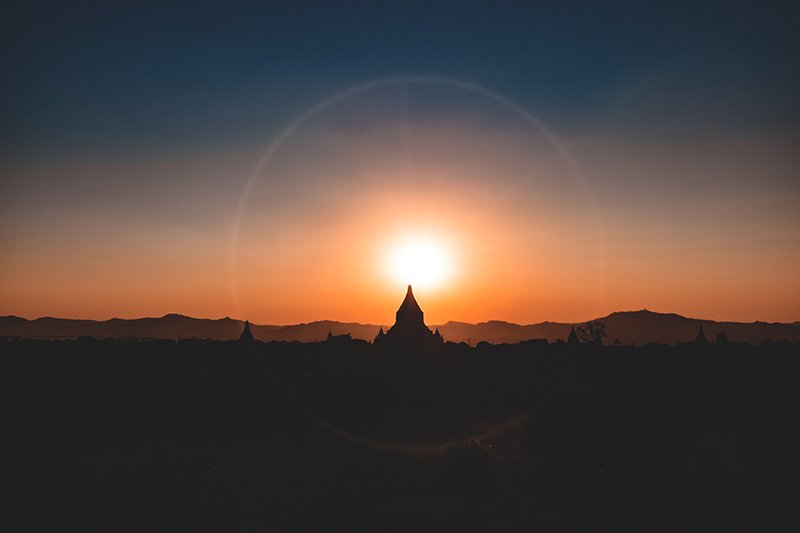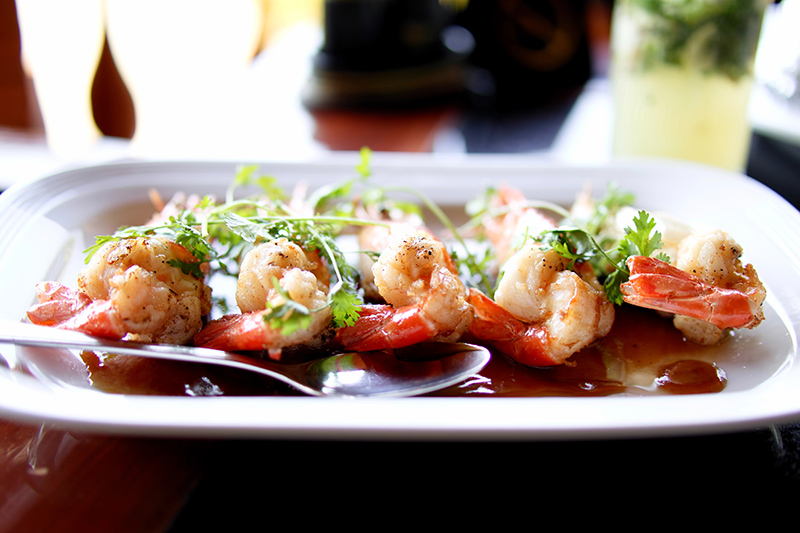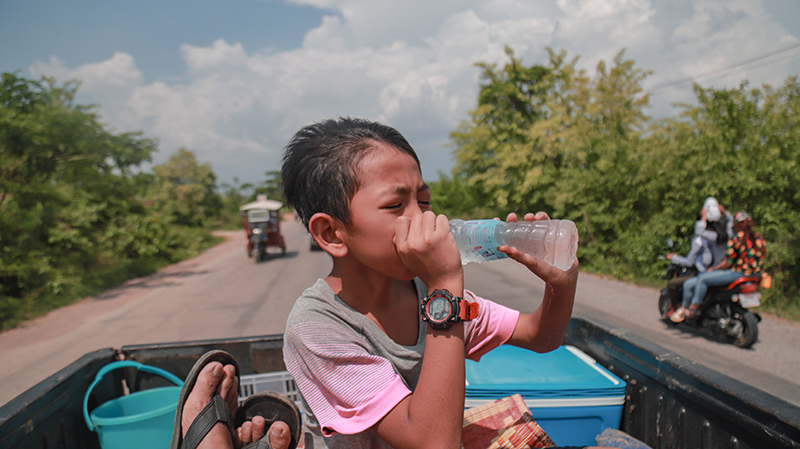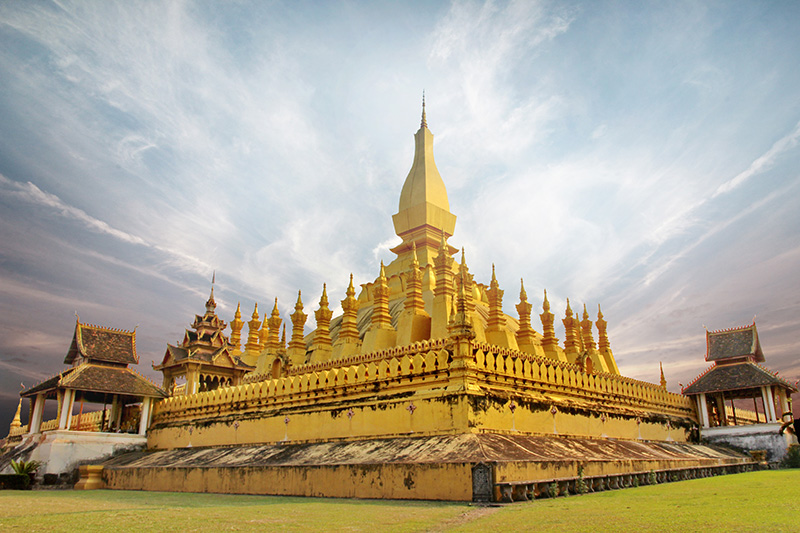
Guideline For Good Manners In Laos
Wed, 02/05/2020 - 10:46
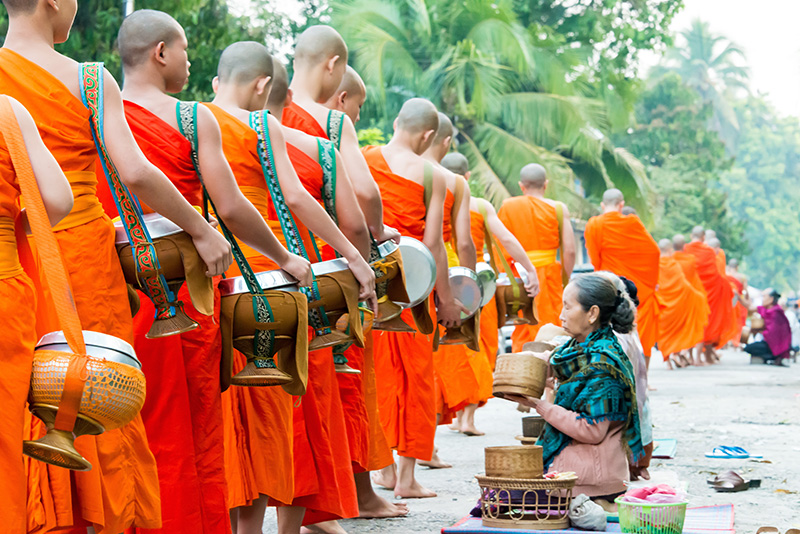
How to greet Lao people in a right way?
Lao people often greet each other by saying “sabai dee”, which means “hello, or you can say "Sabaideebor", which means "how are you?" or "are you well?". These greetings are usually done with both hands pressed together in a prayer position.
When someone places his or her hands together in a prayer position at the chest level, but not touching the body, this form is called “the Nop”. “ The nop” is not only an expression of greeting, but also an expression of showing your gratefulness or saying goodbye. However, this is not the only way of greeting. For men, they can shake hands with others.
Also, there’s one more important thing I hope you can remember is the different meanings in four different postures of “the Nop”:
- The first posture is: The palms are pressed together, pointing their fingers up to their face, their heads lowered so that their fingers touch the tip of the nose. This is the greeting of a person of lower status to greet someone with higher status to show respect like when the children greet their parents and grandchildren.
- The second position: the elbows of the Lao people are kept close to the body, so that the tip of the finger is horizontal to the neck position and is not over the chin. That's how they say “Hi” to their peers like friends and strangers who they don't know about their status.
- The third way: For high-status people saluting lower-status people, they put their hands in the usual way with lower position than the second posture, head held up straight or maybe slightly bent.
- The fourth way is to just clasp your hands, lower your forehead until it touches the base of two thumbs and crouch down. This posture shows the utmost respect among people of different positions. In Laos, sometimes the status distance is too far, there is often no response from the receiver. For example, when people say hello to a monk or when children greet the elder people, they can just nod or smile.
The above greetings are done in an elegant, slow manner. Thereby, people perceive the manner of showing the neutral, peaceful nature of the Lao people.
What should you do and not do during the Alms Round?
The alms ceremony has unique cultural features based on the Theravada Buddhist spirit of Laos. Every day, when it was still dim, with bare feet, the monks lined up in long lines, silently walking along the streets to beg for alms from the people in line who knelt respectfully, then prayed to them.
The alms round has long attracted a large number of tourists to Laos, and visitors often do not miss the opportunity to attend this ceremony. However, the number of visitors increasing each peak season means that there are more unconscious guests flocking to the ancient capital. The Lao government even issued a set of visual codes of conduct to promote responsible tourism in its home country. However, so far the situation has not improved much.
Therefore, before planning a trip to Laos, visitors should notice some of the following things to respect locals
- Alms round is a sacred religious ritual, not a form of tourism performance.
- Visitors need to wear polite discreet outfits, whether you are male or female.
- Absolutely remain silent, do not speak out loud and point, which might break the atmosphere of solemnity.
- If you want to take photos, turn off the sound, absolutely do not use flash and point the lens directly at the monks.
- Do not approach too close, avoid touching the monks’ body or follow them closely.
- Women must take off their shoes, kneel or sit on low chairs, men can stand but need to bow down to glass and wash their hands when offering food, avoiding eye contact with monks.
- Do not offer fried food, and money. Do not buy food available on the street selling to tourists, they often have high prices and poor quality. If possible, ask the hotel / motel where you stay to prepare or go to the local market early to buy rice or sticky rice cooked from kao kai noi, good sticky rice in Laos.
- Sticky rice, fruit, cakes, water or cooked food should be in a basket or crockery, not in a plastic bag. "
Some important etiquette to remember
- The principle of head and feet: In Laos, they consider the head to be a noble part, and the foot to be inferior, so if you use your feet for anything other than walking and playing sports, it is often considered rude.
- When coming to Laos' home, don't forget to remove your shoes before entering. When passing someone sitting, you should be polite and gently bent down. Never walk in front of others because it is considered impolite.
- Dressing neatly and politely: Show respect and dress neatly when visiting temples. In Laos there are many places or sacred objects, please do not touch or visit these places without permission. In Laos, monks are highly respected, women should never touch them or even their robes. Men should where long pants and a shirt. Women should avoid miniskirts, croptops, and sleeveless T-shirt. Therfore, tourists should dress modestly. Swimming or bathing nude in public is frowned upon.
- Keeping certon personal space with Lao women: If you want to take a picture with a native woman It is entirely possible. However, when taking photos, you should keep both hands behind your back or leave them all to the front. In the West, you can kiss a woman’s hands, hold her waist. However, in Laos this is taboo. Although you want to be friendly, but the act of hugging the waist, shoulders or jokingly, especially with unmarried girls is considered more vulgar.
- Head touching is taboo: The act of touching or patting the head of a Laotian (especially a man) is not only abstinent but also considered a serious insult
- Personal belongings: If a Laotian is not willing to let you touch their objects, it may be an item that is very valueable, or it may also have a special spiritual value to them so they do not want anyone to touch it.
Traveling is also a chance for you to be the cultural representative of your country to the world. Therefore, understanding the local culture is always necessary to avoid unfortunate incidents when you travel to anywhere. Just by a little knowledge and small behaviors of a "responsible" traveler, you contribute to creating a "responsible" global tourism environment.


